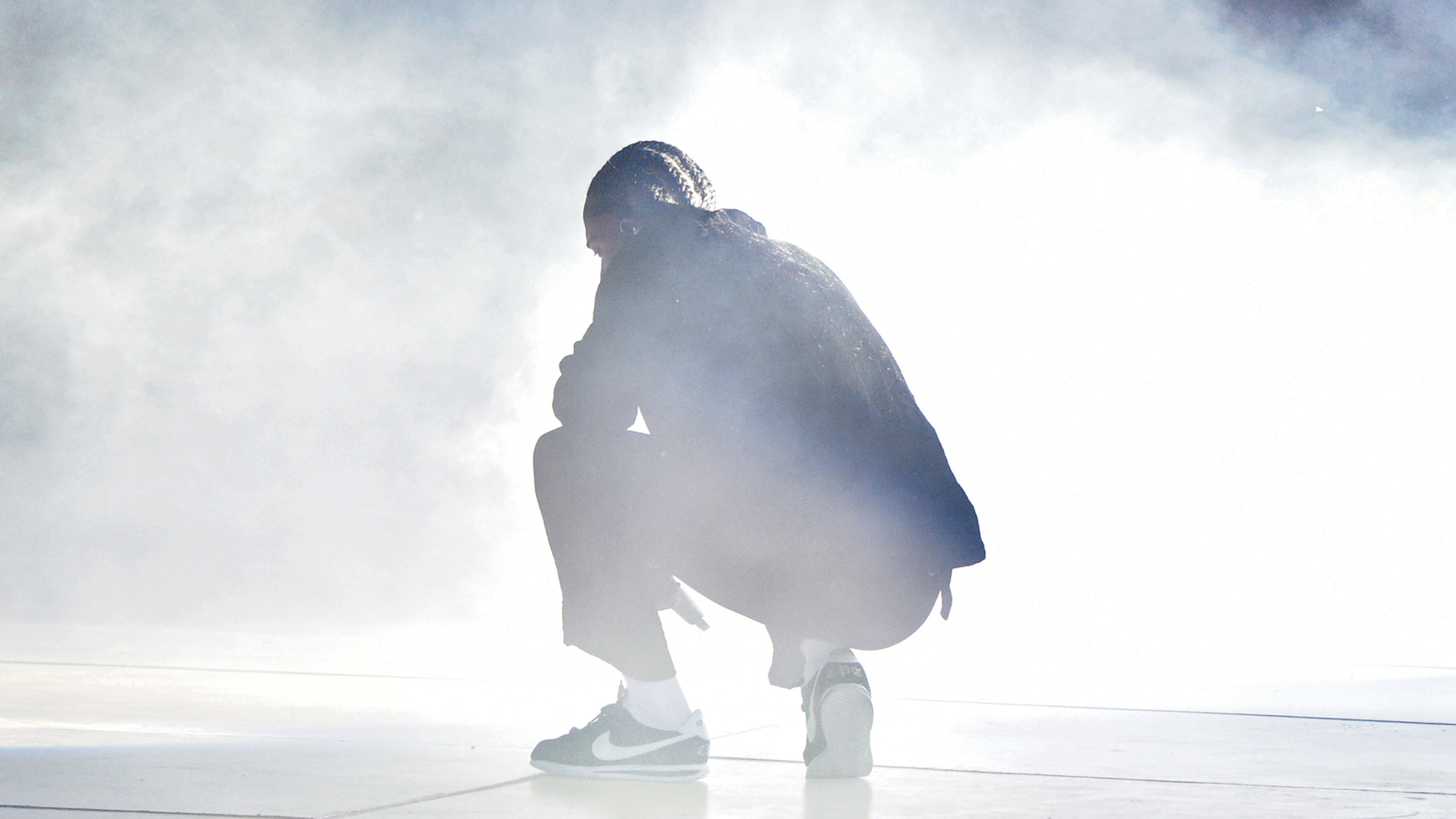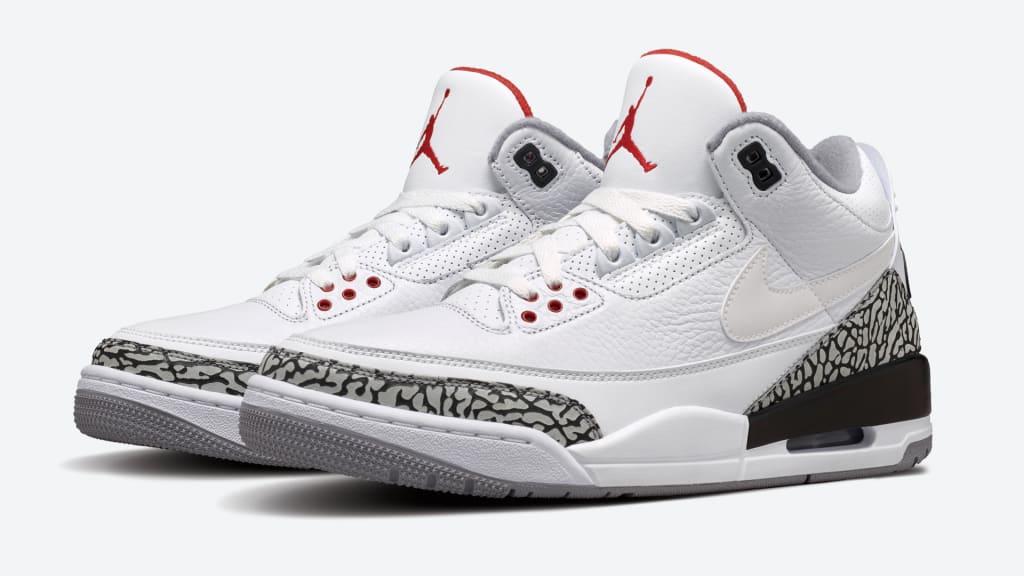On a recent Friday morning, a select group of Nike’s biggest fans got an alert. A new, limited-edition version of the brand’s Cortez running shoe–an old-school nylon sneaker originally released in 1972–was about to drop. The release was happening during the NBA All-Star Weekend in Los Angeles, and the shoes–red, white, and black, with the words “don’t trip” emblazoned across the laces–were made in partnership with rapper Kendrick Lamar, a local legend.
Customers received the notification through an app called Snkrs, which Nike has been refining over the past year as a way of connecting superfans with desirable pairs of, you know, sneakers. It is distinct from the regular Nike app, where you go to get a pair of performance shoes. Snkrs sticks to the kinds of limited-edition runs–interesting colorways, unusual styles, partnerships with performing artists or fashion designers such as Riccardo Tisci–that are so popular they often end up being resold, concert-ticket-style, on the secondary market.
Fans who collect rare sneakers (and streetwear by culty brands like Supreme) are known as hypebeasts, and they are accustomed to waiting in endless, scrumlike lines at high-end boutiques with no guarantee of even getting a pair by the time they reach the front. Nike was trying something different for its $100 Cortez Kenny II, nicknamed “Kung Fu Kennys” after Lamar’s alter ego. (An earlier version, the Cortez Kenny I, sold out in January and already goes for more than $400 a pair on the open market.) Nike used geofencing to ping only L.A.-based Snkrs users about the release. Fans who wanted a pair reserved them on the app and were directed to an address in downtown L.A. the following day. When they arrived, they found themselves inside the company’s highly Instagrammable All-Star headquarters, which were swarmed throughout the weekend with stars such as Kobe Bryant, Bella Hadid, and Spike Lee. Lamar was on hand for a live Q&A. Some of the most engaged Snkrs users received wristbands for his VIP performance that night.
For Nike, the experience was about much more than selling limited-edition sneakers. It was an experiment that could one day be applied throughout the company. Until last year, Nike primarily saw itself as a wholesaler creating product for retail partners at various levels: hypebeast boutiques at the high end, chains like Foot Locker in the middle, and discount outlets like DSW at the bottom. But after decades of outpacing its sneaker rivals, the once indomitable athletic-wear company has been losing ground–and buzz–to No. 2 Adidas. In the U.S., Adidas’s market share surged from 6.8% in 2016 to 10.3% last year, according to the NPD Group. During the same period, Nike’s share dropped from 34.5% to 32.9%. Meanwhile, the shoemaker’s longtime brick-and-mortar partners have floundered as the retail landscape changes. “We realized that the market was moving fast, and consumers were moving fast,” says Adam Sussman, who became Nike’s first chief digital officer in 2016. “Mobile was becoming the main way that people were connecting with brands and shopping.”
Recognize your brand’s excellence by applying to this year’s Brands That Matter Awards before the early-rate deadline, May 3.






